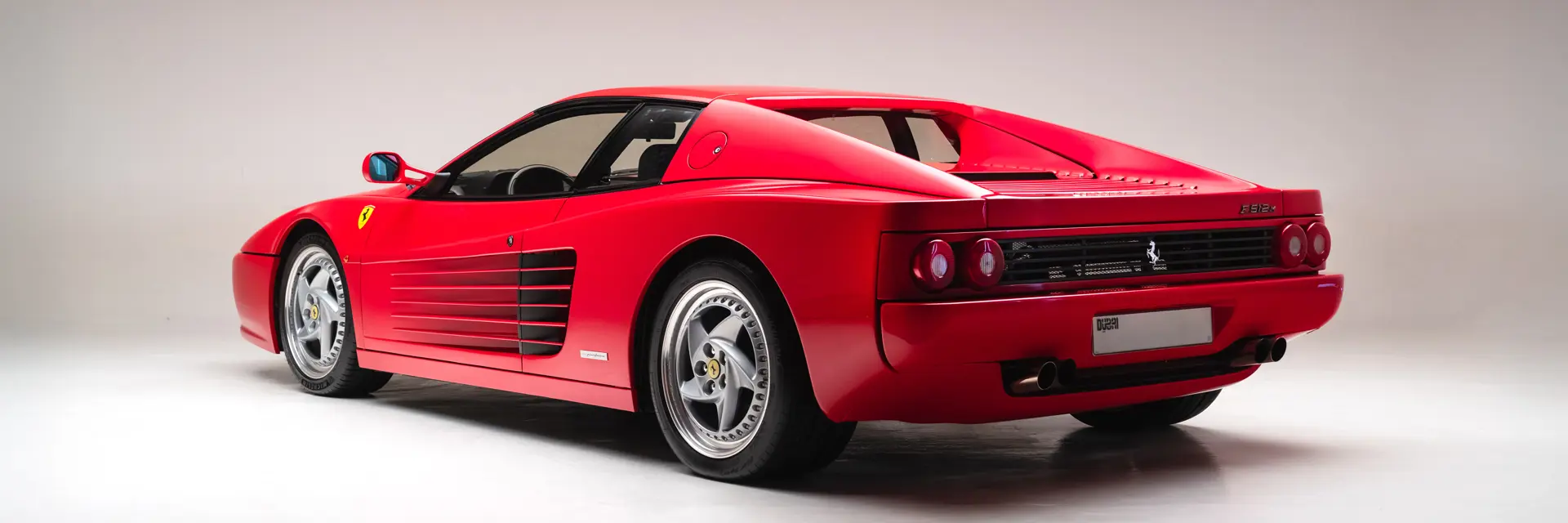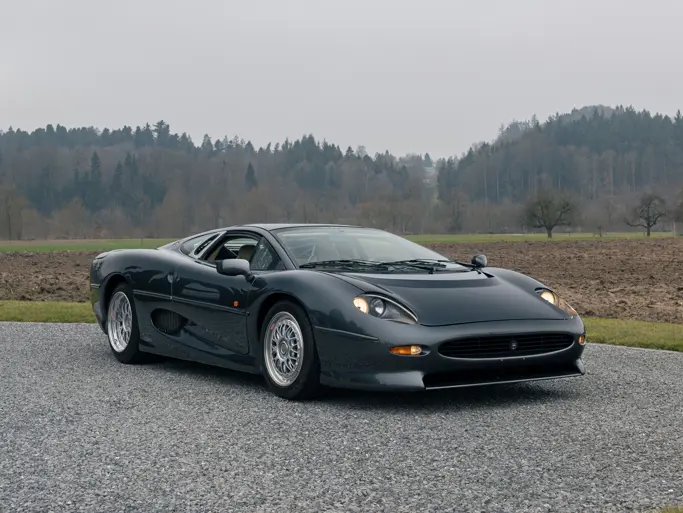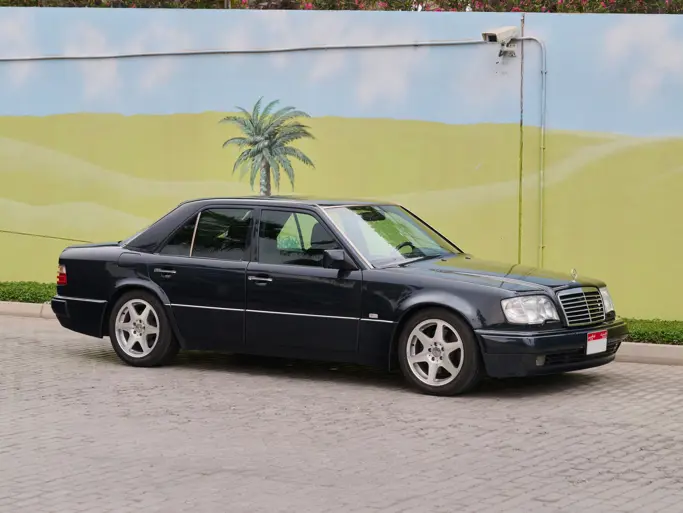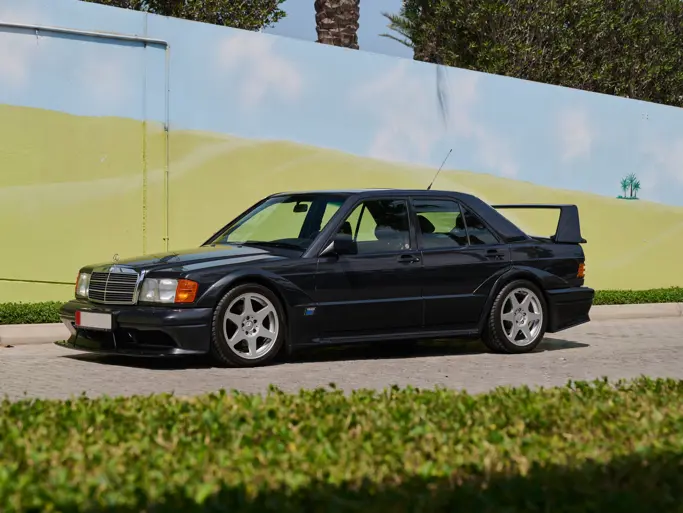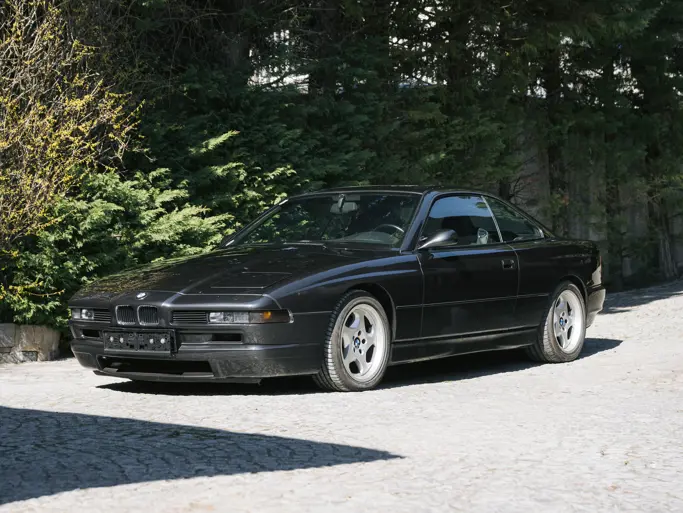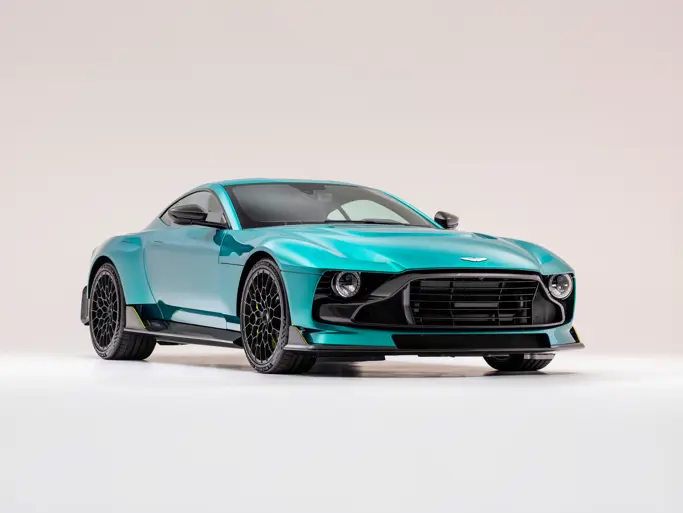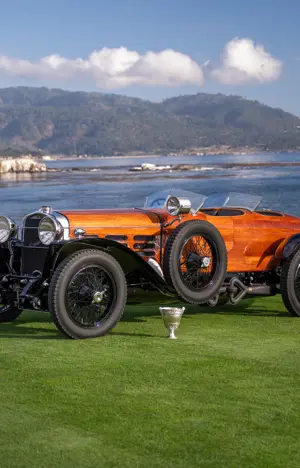When was the greatest time for cars? It is a debate that will rage until the Earth is swallowed by the sun, but you could argue that the 1990s represented an apex point. Cars were safer, more reliable, and faster than ever before, but free of the nannying safety and emissions restraints that would come in during the 2000s. You also had a huge amount of choice, with engines of all sizes and cylinder counts in naturally aspirated or turbocharged configuration and, perhaps most importantly, manual gearboxes in performance cars were the norm rather than the exception.
The world of competition only made things more exciting, with manufacturers totally committed to motorsport and the margins of victory thinner than ever before. To make things even better, developments in television broadcasting meant that everything from touring cars to Formula One and rallying were aired worldwide—often featuring heroes such as Colin McRae, and a raft of homologation specials like the Ford Escort RS Cosworth that could be bought straight from the showroom floor.
The nineties is an era of recent automotive history that has exploded in interest over the past five years, and our Shift Online: Europe and Middle East sale, held between 23 April and 28 April 2025, has some of the most storied cars from that decade. Let us take you through some of the highlights, plus one choice that transcends its automotive roots to become a folk hero.

1993 Jaguar XJ220
When you look at the pantheon of cars that once held the title ‘fastest production car in the world,’ you are usually looking at a seven-figure investment. Not so with the XJ220. Despite it holding that lofty title courtesy of F1 driver and Jaguar endurance racer Martin Brundle’s 217.1-mph effort at the Nardò Ring in Italy in 1992, the space-age Jaguar is available for a fraction of the price of the McLaren F1 that dethroned it.
Critics might point to a disappointing specification change from the ambitious concept car, but losing its V-12 meant the XJ220 could not only hit its emissions targets but was considerably more agile. And even with its V-6, the Jaguar was no slouch thanks to 542 brake-horsepower at 7,200 rpm and 475 pound-feet at 4,500 rpm, with 60 mph a memory after just 3.6 seconds. That’s still phenomenally quick by today’s standards.
The car offered for sale at the Shift Online: Europe and Middle East sale is the 265th out of 281 built and has been tastefully upgraded with an improved braking system courtesy of XJ220 gurus Don Law Racing. It is estimated at between CHF300,000 - CHF350,000.

1994 Mercedes-Benz 500 E
Today, Porsche stands as a colossus in the motoring world, but rewind to the early 1990s and the firm was in serious peril. Some suggest that this storied marque was just a month away from going out of business—a victim of a worldwide recession, metalworker strikes, increasing import tariffs to the United States, and the enormous losses from the 959 project.
To survive, Porsche ramped up its consulting business, and the 959’s production line would play a key role in the process. Mercedes-Benz discovered that the wider front wings needed to house the 5.0-liter M119 V-8 as it would not fit down its Sindelfingen assembly line, so a new production line at Porsche’s Zuffenhausen plant was arranged. However, Porsche’s involvement went far beyond that—with Mercedes-Benz’s engineering department devoted to sorting out the W 140 S-Class problems, the development of the W 124 chassis and drivetrain was also handed to Porsche.
The result was a car that offered genuine supercar performance in a sober-suited package. It could hit 62 mph in around five-and-a-half seconds—not much slower than a Ferrari Testarossa—and though it was limited to 155 mph at the top end, enterprising aftermarket tuners could find a way around that…
The 500 E is the perfect blend of luxury and truly staggering performance, and our 1994 car from The Mirage Collection wears a tempting estimate of between $80,000 - $120,000 USD.
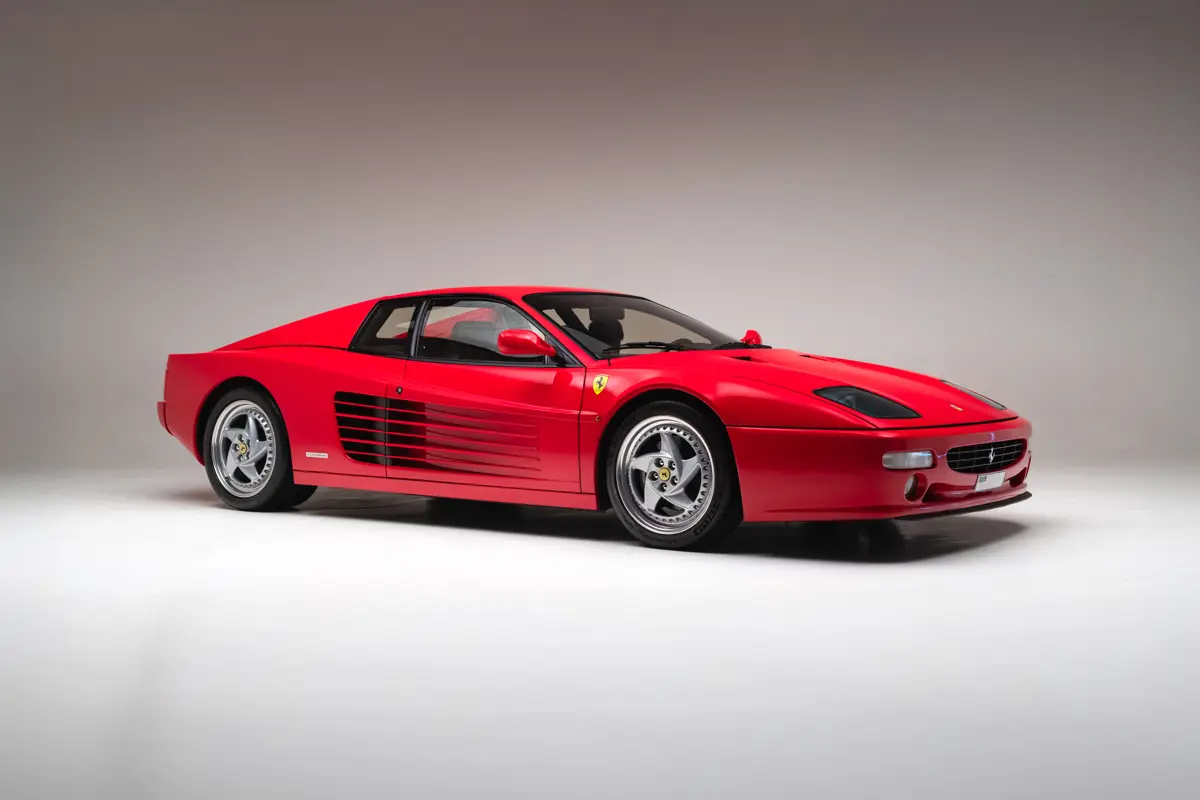
1995 Ferrari F512 M
Few cars define the outrageousness of the 1980s more than the Testarossa, and nothing illustrates the difficulties Ferrari had in the transition from the Enzo era to the Montezemolo era better than the F512 M.
As the worldwide economic recession took hold, unsold Testarossas could be found parked up around Maranello, often with a 20 percent discount. It was an era that reflected the struggles Scuderia was having on track; with what little money there was available assigned to developing the epoch-shifting 550 Maranello and F355, Ferrari’s engineers were forced to get creative with the aging Testarossa platform to bridge the gap.
The 512 TR had comprehensively reworked the Testarossa’s drivetrain, interior, and engine, and the M took this further with a drastically different exterior. Out went the pop-up headlamps in favor of fixed items—pedestrian safety changes were largely to blame, but such mechanisms are also heavy and prone to failure. Performance grew to new levels, with the Tipo F113 G 12-cylinder engine pushing out 434 brake-horsepower at 6,750 rpm, whole thanks to new titanium connecting rods and a lighter crankshaft, you could extend the engine to 7,500 rpm before the electronic limiter called time.
The F512 M is by far the rarest of the production Testarossas, with just 501 built and 75 made for the American market. This Rosso over Nero example was first delivered to Germany and is now offered at $400,000 - $500,000 USD.

1990 Mercedes-Benz 190 E 2.5-16 Evolution II
Mercedes-Benz’s determination to win the German touring car championship, the DTM, has to be applauded. When the Three-Pointed Star abandoned its plans to take the 190 E rallying, it instead committed to Group A touring car racing by producing a car that seemed the antithesis of traditional thinking at the firm—a sports saloon with a high-performance four-cylinder engine, co-developed with British engineering powerhouse Cosworth.
The years went by, and BMW, Ford, and Audi continued to defeat Mercedes-Benz, so drastic measures were taken in advance of the 1990 season. Richard Eppler from the University of Stuttgart was engaged to develop a spectacular body kit to help give the racers the edge on track. It featured an adjustable rear wing and even a rear window spoiler, all in the name of increasing downforce and reducing drag.
It was the wildest-looking Mercedes-Benz ever made, and due to homologation requirements, 502 were made, benefiting from adjustable ride height and a 232 brake-horsepower version of the 2.5-liter four-cylinder engine. It proved to be worth it, as Mercedes-Benz would eventually win the DTM Manufacturers’ Championship in 1991 and 1992, just as the series transitioned from Group A rules—in the process cementing the Evo II’s legend as one of the most extreme and exciting Mercedes-Benz road cars ever seen.
This car on offer hails from The Mirage Collection and is expected to fetch $280,000- $320,000 USD.
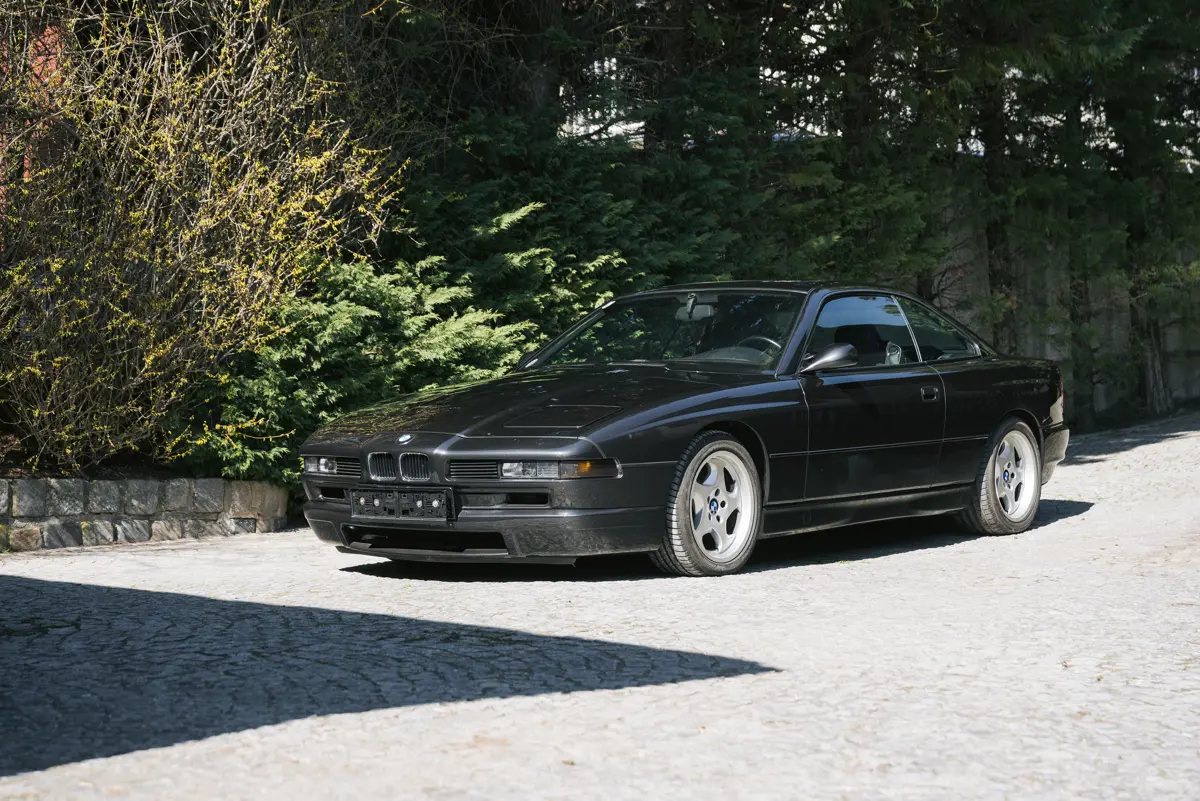
1993 BMW 850 CSi
Great though the E24 6 Series was, it did not quite have the opulence to match the offerings from Jaguar, Mercedes-Benz, and Porsche in the lucrative GT market. The idea for a more upmarket sporting coupe was established in 1981, with a plan to offer a mixture of V-8 and V-12 engines to appeal to a booming luxury car market. However, by the time the car broke cover in 1990, delayed by still-strong E24 6 Series sales, the world was very different. Not only had the recession taken hold, denting sales, but the 8 Series was deemed a little too luxury-focused and heavy for a BMW.
Munich fought back against these criticisms with 1992’s 850 CSi, and its majestic 5.6-liter S70 V-12, an engine developed by the M department to produce 375 brake-horsepower and 406 pound-feet of torque and deliver a 0-60 mpg sprint time of just under six seconds.
The changes went further, with stiffer springs and dampers, a lower ride height, and a reduced steering ratio, while European cars got four-wheel steering, upgraded discs, extra coolers for the engine oil and rear differential, and sumptuous sports seats. Aided by a six-speed manual transmission, the model was the sporting GT the 8 Series always promised—but it would live a short life. Looming emissions rules meant that the 850 CSi went out of production after just four years, with only 1,510 examples built. The 850 CSi is the closest you can get to the prototype M8 supercar, and its sharp styling has now come into its own as a bold brutalist masterpiece.
What price is perfection? Somewhere in the region of €60,000 - €90,000 EUR.

1993 Ford Escort RS Cosworth 'Big Turbo'
The Cossie is a car that defines the 1990s in all facets. It was built to dominate the World Rally Championship at a huge cost, but financial problems at the Blue Oval meant it never reached its goal. It’s also a car that goes beyond mere motoring, becoming nothing short of a folk hero in Europe and, in more recent years, beyond that into new territories.
When Group B rallying was suddenly cancelled, most manufacturers found themselves caught out—they had spent massive sums developing not only cars for that category, but for its replacement, Group S. Only Lancia and Volkswagen had put much effort into the sub-class of Group A, so when that became the pinnacle of rallying it was only the Italians that had something ready to go.
Ford had tried rallying the Sierra XR4x4, but it was too heavy, and while the Sierra RS Cosworth had some success, its rear-wheel-drive nature meant it could not keep up with the four-wheel-drive Delta Integrale on loose surfaces. When the four-wheel-drive Sapphire Cosworth turned up in 1990, it was just a bit too big for most stages. Ford knew this and had already begun work on the Escort RS Cosworth.
It might have worn an Escort badge, but underneath lay a shortened Sapphire 4x4 drivetrain, allied to the Cosworth-tuned YB Ford Pinto four-cylinder engine. It was clothed in a bespoke body by Karmann, designed by Steve Harper with input from Ian Callum and Frank Stephenson. To make sure of success, two-time World Rally Champion Miki Biasion was poached from Lancia at huge expense.
Sadly, it did not work out, for a number of reasons. Biasion was still struggling with injuries from the Lancia years, and his relationship with the team soured as Ford’s bean counters decided to focus on Formula One and withdrew funding from the World Rally Championship effort, going so far as to close the historic Boreham rally facility at the end of 1994. The Escort Cosworth did, however, win several national titles.
Despite the setbacks, the Escort Cosworth became a legendary road car. The 1990s were the glory years of tuning, and Cosworths were at the forefront of that. Each month went by with ever-greater horsepower modifications, with true supercar slaying performance the result. It became a true folk hero in the manner of muscle cars in the USA—it was a Ford that really could shame the elitist exotic car establishment, yet take a family of four to the shops and back.
It is a love that has now extended beyond Europe thanks to the model’s appearance in several video games, introducing this wild child of 1990s motoring to an entirely new audience, many of whom were not even born when its outrageous whale tail first came into view in 1992. As such, it’s become an icon of the modern Classic Car Era, epitomizing all that is great about 1990s cars—a car built without compromise, to win at all costs.
Finished in White with Hexagon seats, this “T34 Big Turbo” example is estimated at €80,000 -€110,000 EUR.

